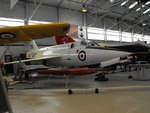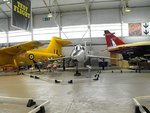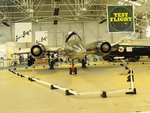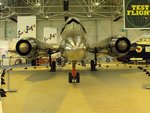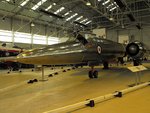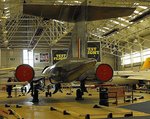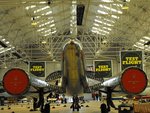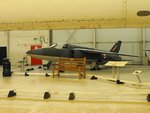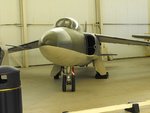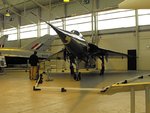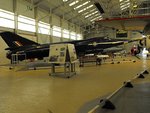- Thread starter
- #41
Airframes
Benevolens Magister
Before moving on into the 'Test Flight' hangar, here are a couple of detail shots of the Me410 and the 'Dinah'. Located between the 'Warplanes' display and the 'Test Flight' hangar, is one of a number of model displays, and a small section is shown here.
PIC 1. Me410 port engine, with the lower cowling hinged down, undergoing inspection and maintenance.
PIC 2. An area not normally seen, a view up into the weapons bay of the Me410.
PICS 3 and 4. The rear cockpit of the Dinah, with a peek inside.
And then into the 'Model Room', where the models are nicely displayed and lit, in glass cases. Unfortunately, although viewing conditions are very good, photography is a little restricted due to the lighting and glass cases.
PICS 5 to 8. A rather nice, if somewhat compact, portrayal of a typical OTU or MU during the early part of WW2, in 1/72nd scale.
PICS 9 and 10. Some of the 1/48th scale models on display.
The 'Test Flight' display is through the doors into the adjoining hangar. Here are the first two shots of a very interesting exhibition of unique and rare aircraft, which have helped in aeronautical research over the past 60 years or so.
PICS 11 and 12. The Hunting H126 Experimental aircraft, here seen undergoing maintenance. This aircraft was used in the early 1950s for experiments in jet flap research.
Many thanks again for your interest and kind comments, and there are lots more pics to come.
PIC 1. Me410 port engine, with the lower cowling hinged down, undergoing inspection and maintenance.
PIC 2. An area not normally seen, a view up into the weapons bay of the Me410.
PICS 3 and 4. The rear cockpit of the Dinah, with a peek inside.
And then into the 'Model Room', where the models are nicely displayed and lit, in glass cases. Unfortunately, although viewing conditions are very good, photography is a little restricted due to the lighting and glass cases.
PICS 5 to 8. A rather nice, if somewhat compact, portrayal of a typical OTU or MU during the early part of WW2, in 1/72nd scale.
PICS 9 and 10. Some of the 1/48th scale models on display.
The 'Test Flight' display is through the doors into the adjoining hangar. Here are the first two shots of a very interesting exhibition of unique and rare aircraft, which have helped in aeronautical research over the past 60 years or so.
PICS 11 and 12. The Hunting H126 Experimental aircraft, here seen undergoing maintenance. This aircraft was used in the early 1950s for experiments in jet flap research.
Many thanks again for your interest and kind comments, and there are lots more pics to come.
Attachments
-
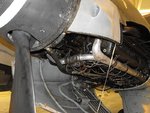 Cosford 041.jpg108.6 KB · Views: 122
Cosford 041.jpg108.6 KB · Views: 122 -
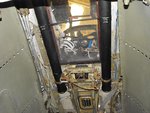 Cosford 044.jpg111.1 KB · Views: 121
Cosford 044.jpg111.1 KB · Views: 121 -
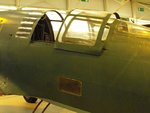 Cosford 056.jpg77.7 KB · Views: 112
Cosford 056.jpg77.7 KB · Views: 112 -
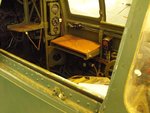 Cosford 057.jpg83.8 KB · Views: 111
Cosford 057.jpg83.8 KB · Views: 111 -
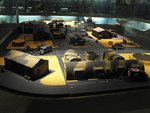 Cosford 130.jpg108 KB · Views: 111
Cosford 130.jpg108 KB · Views: 111 -
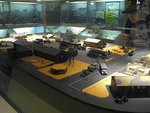 Cosford 129.jpg114.1 KB · Views: 110
Cosford 129.jpg114.1 KB · Views: 110 -
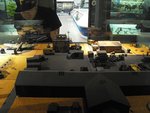 Cosford 132.jpg109.8 KB · Views: 114
Cosford 132.jpg109.8 KB · Views: 114 -
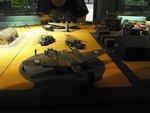 Cosford 133.jpg98.5 KB · Views: 115
Cosford 133.jpg98.5 KB · Views: 115 -
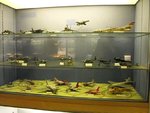 Cosford 136.jpg95.9 KB · Views: 116
Cosford 136.jpg95.9 KB · Views: 116 -
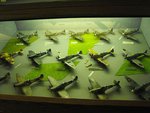 Cosford 140.jpg97.1 KB · Views: 119
Cosford 140.jpg97.1 KB · Views: 119 -
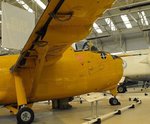 Cosford 154.jpg93.5 KB · Views: 120
Cosford 154.jpg93.5 KB · Views: 120 -
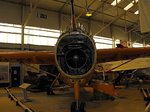 Cosford 159.jpg118.9 KB · Views: 117
Cosford 159.jpg118.9 KB · Views: 117
Last edited:

